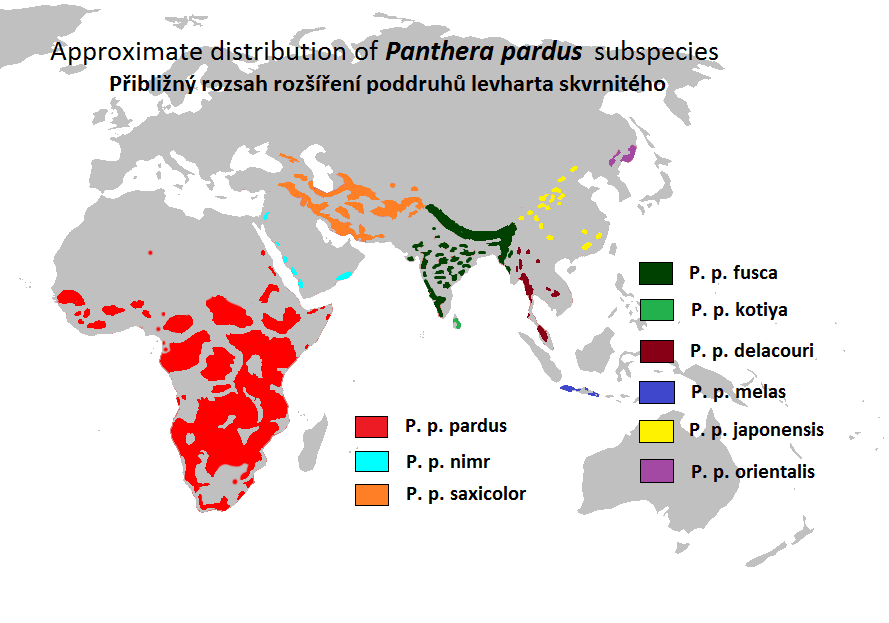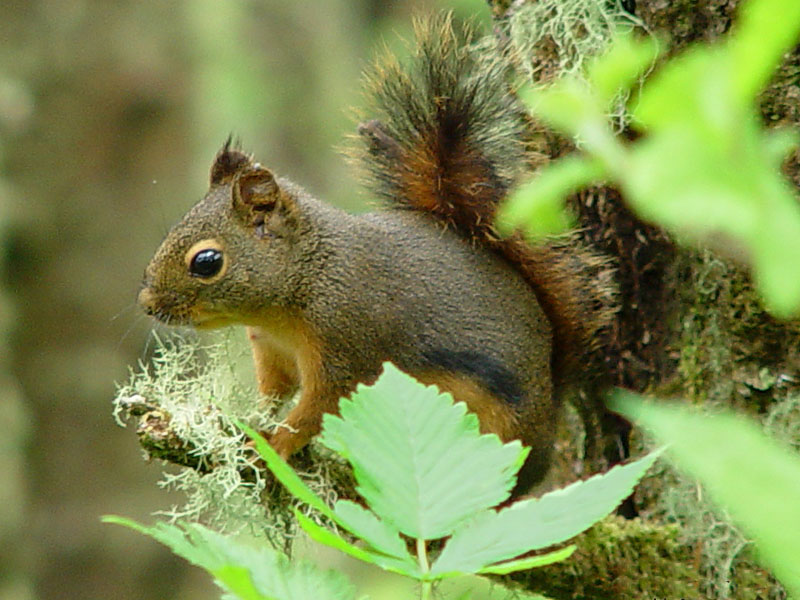|
Tourism In Botswana
Botswana's principal tourist attractions are its game reserves, with hunting and photographic safaris available. Other attractions include the Okavango Delta region, which during the rainy season is a maze of waterways, islands, and lakes. The tourism industry also helped to diversify Botswana's economy from traditional sources such as diamonds and beef and created 23,000 jobs in 2005. Development of the tourist industry Botswana's tourism industry began to develop in the context of favorable geopolitical conditions in the 1990s. Southern Africa experienced political stability following the end of apartheid as well as the release of Nelson Mandela from prison in 1990. The global improvements in transportation and communication systems of the time further served to make tourism in Botswana more viable. In 1990 Botswana implemented a Tourism Policy aiming to increase tourist numbers, government revenue, and employment opportunities. The policy focused on attracting up-market ... [...More Info...] [...Related Items...] OR: [Wikipedia] [Google] [Baidu] |
Leopard
The leopard (''Panthera pardus'') is one of the five extant cat species in the genus ''Panthera''. It has a pale yellowish to dark golden fur with dark spots grouped in rosettes. Its body is slender and muscular reaching a length of with a long tail and a shoulder height of . Males typically weigh , and females . The leopard was first described in 1758, and several subspecies were proposed in the 19th and 20th centuries. Today, eight subspecies are recognised in its wide range in Africa and Asia. It initially evolved in Africa during the Early Pleistocene, before migrating into Eurasia around the Early–Middle Pleistocene transition. Leopards were formerly present across Europe, but became extinct in the region at around the end of the Late Pleistocene-early Holocene. The leopard is adapted to a variety of habitats ranging from rainforest to steppe, including arid and montane areas. It is an opportunistic predator, hunting mostly ungulates and primates. It relies on it ... [...More Info...] [...Related Items...] OR: [Wikipedia] [Google] [Baidu] |
Gaborone
Gaborone ( , , ) is the Capital city, capital and List of cities in Botswana, largest city of Botswana, with a population of 246,325 based on the 2022 census, about 10% of the total population of Botswana. Its metropolitan area is home to 534,842 inhabitants at the 2022 census. Gaborone is situated between Kgale Hill and Oodi Hill, near the confluence of the Notwane River and Segoditshane River in the southeastern corner of Botswana, within from the South African border. The city is served by the Sir Seretse Khama International Airport. It is an administrative district in its own right, but is the capital of the surrounding South-East District (Botswana), South-East District. Locals often refer to the city as ''GC or Motse-Mshate''. The city of Gaborone is named after Chief Gaborone of the Tlokwa people, who once controlled land nearby. Because it was not affiliated with any specific indigenous group and was close to fresh water, the city was New town, planned to be the capi ... [...More Info...] [...Related Items...] OR: [Wikipedia] [Google] [Baidu] |
South Africa
South Africa, officially the Republic of South Africa (RSA), is the Southern Africa, southernmost country in Africa. Its Provinces of South Africa, nine provinces are bounded to the south by of coastline that stretches along the Atlantic Ocean, South Atlantic and Indian Ocean; to the north by the neighbouring countries of Namibia, Botswana, and Zimbabwe; to the east and northeast by Mozambique and Eswatini; and it encloses Lesotho. Covering an area of , the country has Demographics of South Africa, a population of over 64 million people. Pretoria is the administrative capital, while Cape Town, as the seat of Parliament of South Africa, Parliament, is the legislative capital, and Bloemfontein is regarded as the judicial capital. The largest, most populous city is Johannesburg, followed by Cape Town and Durban. Cradle of Humankind, Archaeological findings suggest that various hominid species existed in South Africa about 2.5 million years ago, and modern humans inhabited the ... [...More Info...] [...Related Items...] OR: [Wikipedia] [Google] [Baidu] |
Conservation Biology
Conservation biology is the study of the conservation of nature and of Earth's biodiversity with the aim of protecting species, their habitats, and ecosystems from excessive rates of extinction and the erosion of biotic interactions. It is an interdisciplinary subject drawing on natural and social sciences, and the practice of natural resource management. The nature conservation, conservation ethic is based on the findings of conservation biology. Origins The term conservation biology and its conception as a new field originated with the convening of "The First International Conference on Research in Conservation Biology" held at the University of California, San Diego in La Jolla, California, in 1978 led by American biologists Bruce A. Wilcox and Michael E. Soulé with a group of leading university and zoo researchers and conservationists including Kurt Benirschke, Sir Otto Frankel, Thomas Lovejoy, and Jared Diamond. The meeting was prompted due to concern over tropical de ... [...More Info...] [...Related Items...] OR: [Wikipedia] [Google] [Baidu] |
Wildlife
Wildlife refers to domestication, undomesticated animals and uncultivated plant species which can exist in their natural habitat, but has come to include all organisms that grow or live wilderness, wild in an area without being species, introduced by humans. Wildlife was also synonymous to game (hunting), game: those birds and mammals that were trophy hunting, hunted for sport. Wildlife can be found in all ecosystems. Deserts, plains, grasslands, woodlands, forests, and other areas including the most developed urban areas, all have distinct forms of wildlife. While the term in popular culture usually refers to animals that are untouched by human factors, most scientists agree that much wildlife is human impact on the environment, affected by human behavior, human activities. Some wildlife threaten human safety, health, property and quality of life. However, many wild animals, even the dangerous ones, have value to human beings. This value might be economic, educational, or emotio ... [...More Info...] [...Related Items...] OR: [Wikipedia] [Google] [Baidu] |
Gemsbok National Park
Kgalagadi Transfrontier Park is a large wildlife reserve and conservation area in southern Africa. The park straddles the border between South Africa and Botswana and comprises two adjoining national parks: * Kalahari Gemsbok National Park in South Africa * Gemsbok National Park in Botswana The park's total area is . Approximately three-quarters of the park lies in Botswana and one-quarter in South Africa. '' Kgalagadi'' means "place of thirst." In December 2015, media reports claimed that rights for gas-fracking in more than half of the Botswana portion of the park had been sold. The Botswana government later refuted these reports.African News AgencyBotswana dismisses reports of fracking rights in pristine Kgalagadi Transfrontier ParkMining Weekly Location and terrain The park is located largely within the southern Kalahari Desert. The terrain consists of red dunes, sparse vegetation, occasional trees, and the dry riverbeds of the Nossob and Auob Rivers. The rivers are said t ... [...More Info...] [...Related Items...] OR: [Wikipedia] [Google] [Baidu] |
Central Kalahari Game Reserve
Central Kalahari Game Reserve is an extensive list of national parks of Botswana, national park in the Kalahari Desert of Botswana. Established in 1961 it covers an area of (larger than the Netherlands, and almost 10% of Botswana's total land area), making it the second largest game reserve in the world. The reserve is located entirely within Botswana's Ghanzi District, making up over 40% of the district's territory. History The Bushmen, or San, have inhabited the lands for thousands of years since they roamed the area as nomadic hunters. However, since the mid-1990s the Botswana government has Ancestral land conflict in Botswana, tried to relocate the Bushmen from the reserve, claiming they were a drain on financial resources despite revenues from tourism. In 1997, three quarters of the entire San population were relocated from the reserve, and in October 2005 the government had resumed the forced relocation into resettlement camps outside of the park leaving only about 250 perma ... [...More Info...] [...Related Items...] OR: [Wikipedia] [Google] [Baidu] |
Africa
Africa is the world's second-largest and second-most populous continent after Asia. At about 30.3 million km2 (11.7 million square miles) including adjacent islands, it covers 20% of Earth's land area and 6% of its total surface area.Sayre, April Pulley (1999), ''Africa'', Twenty-First Century Books. . With nearly billion people as of , it accounts for about of the world's human population. Demographics of Africa, Africa's population is the youngest among all the continents; the median age in 2012 was 19.7, when the worldwide median age was 30.4. Based on 2024 projections, Africa's population will exceed 3.8 billion people by 2100. Africa is the least wealthy inhabited continent per capita and second-least wealthy by total wealth, ahead of Oceania. Scholars have attributed this to different factors including Geography of Africa, geography, Climate of Africa, climate, corruption, Scramble for Africa, colonialism, the Cold War, and neocolonialism. Despite this lo ... [...More Info...] [...Related Items...] OR: [Wikipedia] [Google] [Baidu] |
Hartebeest
The hartebeest (; ''Alcelaphus buselaphus''), also known as kongoni or kaama, is an Fauna of Africa, African antelope. It is the Monotypic taxon, only member of the genus ''Alcelaphus''. Eight subspecies have been described, including two sometimes considered to be independent species. A large antelope, the hartebeest stands just over at the shoulder, and has a typical head-and-body length of . The weight ranges from . It has a particularly elongated forehead and oddly-shaped horn (anatomy), horns, a short neck, and pointed ears. Its legs, which often have black markings, are unusually long. The animal coat, coat is generally short and shiny. Coat colour varies by the subspecies, from the sandy brown of the western hartebeest to the chocolate brown of the Swayne's hartebeest. Sexual dimorphism, Both sexes of all subspecies have horns, with those of females being more slender. Horns can reach lengths of . Apart from its long face, the large chest and the sharply sloping back di ... [...More Info...] [...Related Items...] OR: [Wikipedia] [Google] [Baidu] |
Kudu
The kudus are two species of antelope of the genus '' Tragelaphus'': * Lesser kudu, ''Tragelaphus imberbis'', of eastern Africa * Greater kudu, ''Tragelaphus strepsiceros'', of eastern and southern Africa The two species look similar, though greaters are larger than lessers. A large adult male greater kudu stands over tall at the shoulder, and a large male lesser kudu stands about tall. Males of both species have long horns, which point upward and slightly back, curling in a corkscrew shape. Etymology The name of the animal was imported into English in the 18th century from isiXhosa ''iqhude'', via Afrikaans ''koedoe''. Kudu, or koodoo, is the Khoikhoi and seTswana name (Tholo is the Setswana name) for this antelope. ''Tragos'' (Greek) denotes a he-goat and ''elaphos'' (Greek) a deer. ''Strepho'' (Greek) means "I twist", and ''strephis'' is "twisting". ''Keras'' (Greek) means "horn". Habitat Lesser kudus occupy savanna near ''Acacia'' and '' Commiphora'' shrubs ... [...More Info...] [...Related Items...] OR: [Wikipedia] [Google] [Baidu] |
Gemsbok
The gemsbok (''Oryx gazella''), or South African oryx, is a large antelope in the genus '' Oryx''. It is endemic to the dry and barren regions of Botswana, Namibia, South Africa and (parts of) Zimbabwe, mainly inhabiting the Kalahari and Namib Deserts, areas in which it is supremely adapted for survival. Previously, some sources classified the related East African oryx, or beisa oryx (''Oryx beisa''), as a subspecies. Name The name ''gemsbok'' is from Afrikaans, which itself is from the Dutch word of the same spelling, meaning "male chamois", composed of (“chamois”) + (“buck, male goat”). The Dutch is further from German ("chamois"). Although some superficial similarities in appearance (especially in the facial pattern) are noticed, the chamois and the oryx are not closely related. The usual pronunciation in English is . Description Gemsbok are light taupe to tan in color, with lighter patches toward the bottom rear of the rump. Their tails are long and black ... [...More Info...] [...Related Items...] OR: [Wikipedia] [Google] [Baidu] |







